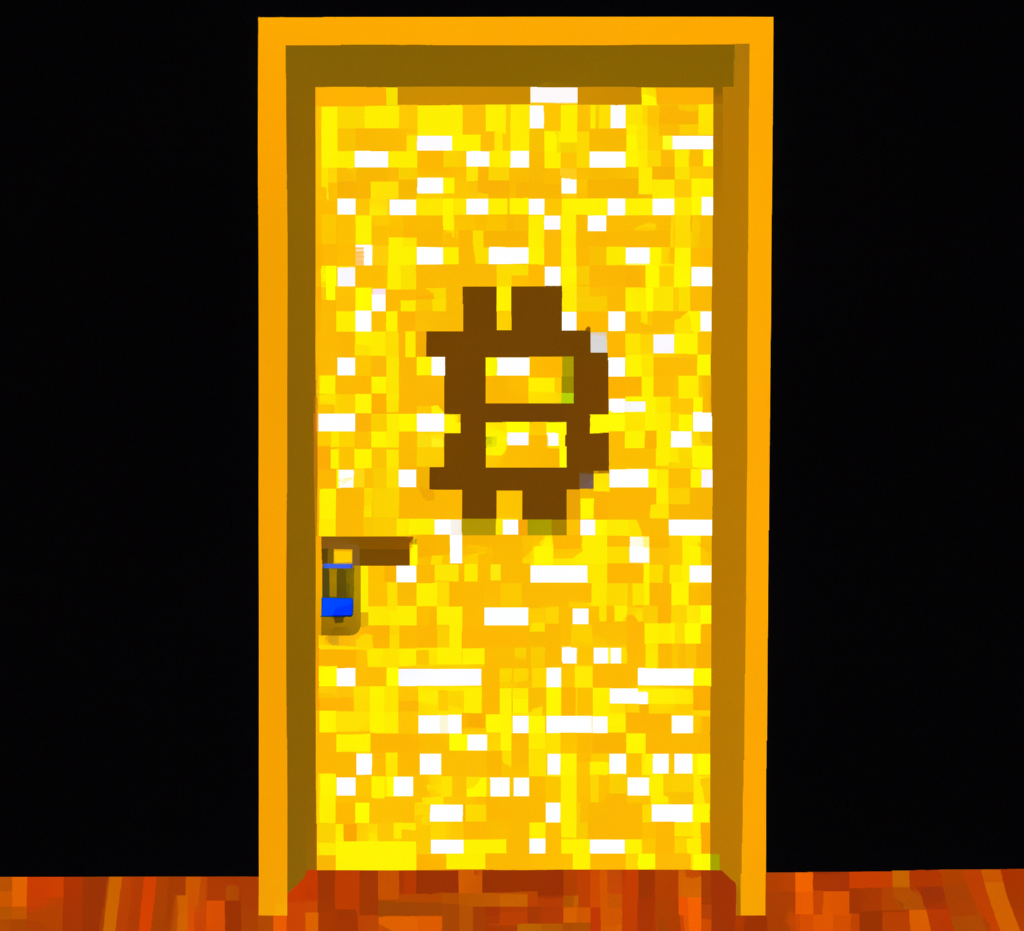
Cryptocurrency started off as a simple, if technologically complex, payment system. The basic idea is that public/private key cryptography is used to ensure that one number decrements and the other increments. These numbers are now worth billions and have spawned many new applications. The progress is amazing but the downside of a system in which numbers are sent from one place to another is that they can be traced. But more than just being traced, they can be seen and traced by anyone, at any time, for the rest of time. This is an uncommon pattern for money-related tools and not always a good thing.
The Transparency Of First Generation Cryptocurrency
Bitcoin and Ethereum were not designed to be secret, they’re quite the opposite - they're public, transparent ledger systems. So when someone pays an invoice they can see what happens to that bitcoin or ether after payment (or at least, some portion of the fungible quantity of cryptocurrency stored at the destination address). In some cases this can be used to see how much people are being paid, whether someone might paid more than you, what services they use, etc. Bank payments don’t have this problem at all because bank payments are basically a black hole - no one other than the bank can see the payment. VISA can't see whether the account that pays them is also being used to pay off the balance of an AmEx card. Blockchains are as if anyone could jump behind the counter and go look at all the comings and goings of peoples' bank accounts.
Post-Hoc Tracing And Deanonymization
The problem is made even worse because it’s permanent. Most cryptocurrency systems use global, publicly searchable databases which means that transactions can be associated years later, in ways that people might not appreciate. This can be done using deanonymization methods that use small clues to build up a portrait of who someone is. Public transparency is great, but we don’t live in that kind of world and there’s a reason why people have doors and curtains.
Math To The Rescue
After a number of years of this situation some developers realized that they could use a math system called non-interactive non-knowledge proofs
, known most commonly within crypto as zk-SNARK (and particularly, with the ZCash cryptocurrency). This is a mathematically rigorous means of ensuring that the sender and receiver can’t be known, but the fact of the payment transaction can be known, restoring cryptocurrency to something like the bank situation, but without the bank itself being able to know about it. Combined with some other inventions like “relays”, this has been deployed as a system on Ethereum called Tornado Cash that is extremely effective at obscuring where ether comes from and where it goes. It's been so effective, and so resistant to cracking, that the US Department of the Treasury has blanket-sanctioned the Tornado Cash system.
Sanctions And Financial Crime
Tornado Cash is amazing and solves the problem of a transaction being permanently visible to the entire world. But it's just one of many such approaches, and even significant sanctions by the United States won't stop the development and deployment of these solutions. This is not to say that there isn't significant harm perpetuated using systems like Tornado Cash (i.e. billions of dollars of money laundering), but that harm is unavoidable. The existence of bank notes is also responsible
for enormous amounts of crime, but that's a very technology-focused view of the world. The disappearance of Tornado Cash and (the far more significant) real, physical cash issued by national governments won't eliminate crime. It will reduce privacy, in the same way that outlawing doors and curtains would eliminate some kinds of privacy, but it's not obvious that's a win for society.
Now of course, it's not the job of the US Department of the Treasury to decide what is and isn't a win for society overall, but a reflexive move against new technological methods tends to only drive that technology further.
The History Of Legal Suppression Of Technology
American music companies tried suing Napster and then the various gnutella-based systems into non-existence but today there is even more advanced file-sharing technologies that use encryption and decentralized hash tables to make stopping them all but impossible. Ironically, the US government is even a contributor to this problem
, due to their development of the Tor network and contributions to cryptography standards.
Curtains And Doors
Curtains and doors are widely accepted, and even totalitarian governments don't try to outlaw them. There is no question that people need and deserve privacy to live their lives. It may be less convenient for those tasked with rooting out bad behaviour, and the costs of that bad behaviour may be extreme, but ultimately it's a losing battle to aim at the technology or the financial infrastructure. Increased law enforcement and specialty divisions with the tools needed to tackle international online crime are likely the only way that significant progress can be made against crooks. Bounty programs for tips leading to arrest may be helpful. There are many solutions that have been shown to be effective in cracking down on the minority of people in society who abuse everyone else. Rather than decrying the advancement of technology, it would be far more useful to focus attention on these real solutions. Curtains and doors aren't going away any time soon.
